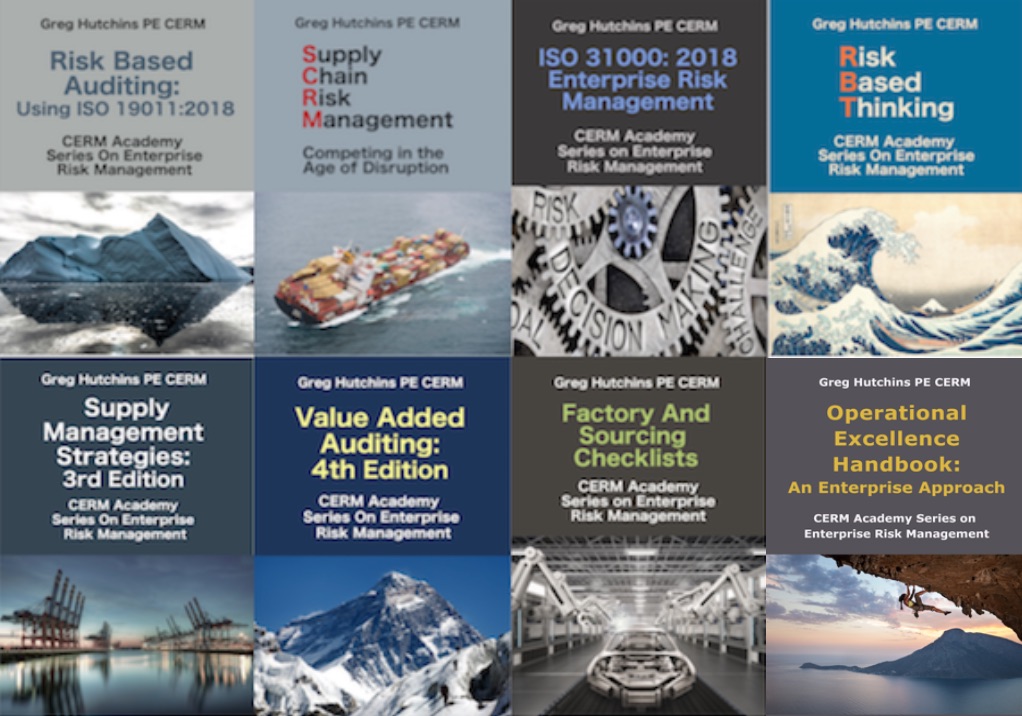 Many organizations, associations, and standards are going through disruptive change and innovation. We believe this is occurring to ISO 9001:2015 and the other ISO families of standards.
Many organizations, associations, and standards are going through disruptive change and innovation. We believe this is occurring to ISO 9001:2015 and the other ISO families of standards.
So, what is disruptive innovation? Wikipedia defines ‘disruptive innovation’ as:
“… innovation that helps create a new market and value network, and eventually disrupts an existing market and value network (over a few years or decades), displacing an earlier technology. The term is used in business and technology literature to describe innovations that improve a product or service in ways that the market does not expect, typically first by designing for a different set of consumers in a new market and later by lowering prices in the existing market.”
Yes. Standards making organizations are being disrupted. In much the same way, ISO is innovating with RBT and risk requirements.
It seems ISO is innovating and developing a new business model based on RBT due to its changing marketplace and its uncertainty, specifically:
- ISO was facing economic and revenue pressures. ISO publicly stated it needed to adopt a new business model due to its changing standards development context. Why? More standards are available online at a reduce price or gratis.
- Multiple ISO management systems are being developed, such as for auto, aerospace, and other sectors. Diversity is creating more variation, uncertainty, and ultimately risk in standards development.
- Customers want increased assurance beyond management systems certification including business and risk assurance. This is creating a market for multiple types and levels of assurance from commodity certification to business assurance to ‘opinion’ based attestation more commonly found in financial statements.
- Global standards emphasize public safety, health and risk criteria, specifically placing risk along side quality or even replacing quality.
- Risk is becoming more prominent in government, public agency, and NGO operations, so contractors and consultants are developing risk management, assurance, and control programs.
Management system certification is commodifying and losing brand value in developed countries. The trend is management system certification may even commodify in maturing countries, where significant growth has occurred over the last ten years. Credibility of third party certifications is decreasing in sectors and in developed countries. More companies are self certifying or self declaring conformance to management system standards.
Bio:
Greg Hutchins PE and CERM (503.233.101 & GregH@QualityPlusEngineering.com) is the founder of:
CERMAcademy.com
800Compete.com
QualityPlusEngineering.com
WorkingIt.com
He is the evangelist behind Future of Quality: Risk®. He is currently working on the Future of Work and machine learning projects.
He is a frequent speaker and expert on Supply Chain Risk Management and cyber security. His current books available on all platform are shown below:
